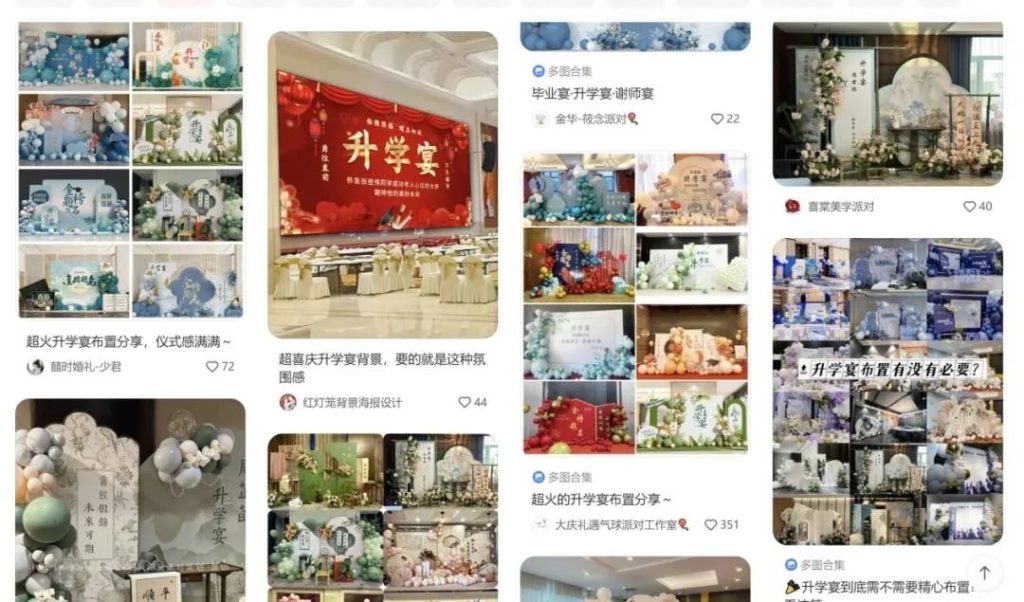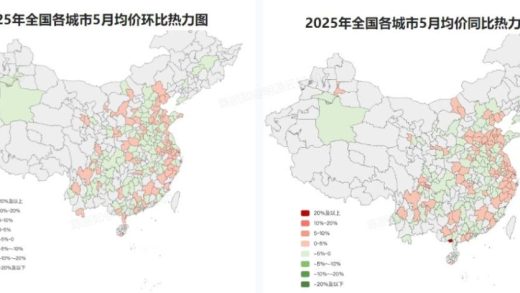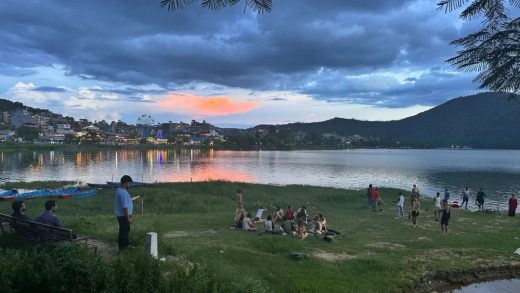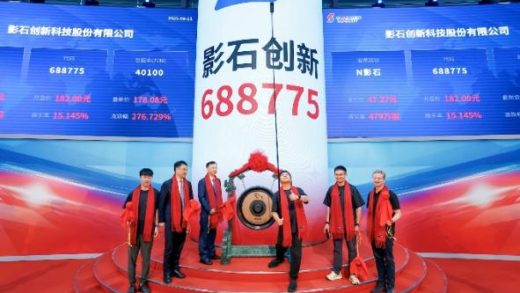
Positive Comments: The Decline of Conference Economy Drives Enterprises’ Efficiency Upgrade and Hotel Transformation and Innovation
The decline of the conference economy is not simply an industry recession but an active adjustment of the business society under cost control, technological iteration, and changing demands. Behind it reflects the improvement of enterprises’ refined operation capabilities and the transformation resilience of the hotel industry, injecting new vitality into the innovation and entrepreneurship ecosystem.
First of all, enterprises’ precise control of business travel costs promotes the systematic upgrade of operational efficiency. As mentioned in the news, in 2024, the per – capita business travel expenses of A – share listed companies decreased by nearly 15% compared with 2019. 72.93% of business trips were “same – day round – trips”, and the business travel budgets of industries such as finance and the Internet decreased by more than 30%. This change is not simply “cutting expenses” but a re – examination of implicit costs by enterprises. Explicit costs (transportation, accommodation) only account for a part of business travel expenses, while implicit costs such as approval processes, invoice verification, and unused air tickets are often higher. For example, the CFO of an e – commerce platform calculated that saving 700 yuan per room per night with an annual volume of 500,000 room – nights could save 350 million yuan, which directly proves the key role of cost control in cash – flow safety. More importantly, through the adjustment of business travel policies (such as Ant’s “strictest business travel order” and ByteDance’s violation notifications), enterprises force the optimization of internal management processes, shifting from “post – event review” to “pre – event planning”, reducing resource waste and improving the efficiency of capital use. This improvement in refined operation capabilities is an important basis for enterprises to cope with economic fluctuations and enhance their risk – resistance capabilities.
Secondly, the rise of online meetings has reconstructed the efficiency boundary of business communication. Data shows that the global cloud video conference market scale reached 20.09 billion yuan in 2024. Tencent saved 570 million yuan in costs through online meetings in one year, and 53% of employees could reduce 1 – 3 business trips per month. This not only reduces direct costs but also releases the implicit value of human resources and time. Employees don’t need to endure long – distance travel and can devote more energy to core business. The response speed of cross – regional collaboration has been greatly improved, and the frequency and flexibility of meetings have been significantly enhanced. For example, a pharmaceutical company changed its traditional offline annual meeting to a 90 – minute online meeting, which not only retained the core information transmission but also avoided redundant expenses such as venue and tea breaks. This “de – formalized” communication model essentially returns to the core value of business activities – focusing on content rather than scenarios. This is particularly important for innovation and entrepreneurship enterprises because the asset – light and high – efficiency communication method can help start – up companies quickly verify models and iterate products.
Finally, the “self – rescue” exploration of high – star hotels provides a sample for the transformation of traditional industries. Facing the shrinkage of conference business, hotels have not waited passively but actively adjusted their strategies. On the one hand, they are directly connected with expense control enterprises such as Shengyi Expense Control Cloud and Hesione to stabilize customer sources through contract customers. On the other hand, they expand the “Bleisure” scenario (such as InterContinental’s “Meetings Without Limits”), combining business with leisure to meet the “business travel + tourism” needs of Generation Z. In addition, they turn to personal consumption scenarios (wedding banquets, graduation banquets, house – warming parties) and attract international customers (foreign tourists in China spend an average of 3459 yuan per day and have a higher utilization rate of high – end facilities), successfully filling the gap caused by the loss of corporate customers. For example, the proportion of foreign guests in Shanghai Elong Hotel increased from 10% to 90% by simplifying the entry reporting process; a Courtyard by Marriott in Hangzhou closed its inefficient executive lounge to optimize its cost structure. These transformation measures not only relieve the short – term survival pressure but also promote the upgrade of hotels from “conference venue suppliers” to “comprehensive service operators”, opening up a new path for the long – term development of the industry.
Negative Comments: The Decline of Conference Economy Exposes Deep – seated Contradictions in Workplace Ecology and Industry Transformation
Although the decline of the conference economy is inevitable, the resulting chain reaction also exposes the balance problems of “efficiency and humanity” and “cost and value” in the business society. The interests of some groups being damaged and the pain of industry transformation are worthy of warning.
Firstly, the professional growth and welfare space of young people in the workplace are compressed. The news points out that for young people, business travel is not only a work scenario but also “social currency”, an “emotional release valve”, and a “career ladder”. By staying in high – star hotels and participating in cross – regional meetings, young people can quickly mark their workplace identities (such as “P7 stays in Marriott, P8 chooses Ritz – Carlton”). 68% of Generation Z business travelers will extend their trips for tourism, and the “business + leisure” market scale has reached 692.73 billion US dollars. A survey by 51job shows that informal communication in offline social situations is crucial for career promotion. However, when enterprises significantly reduce the frequency of business trips, these implicit values disappear. For example, the annual meeting of an automobile company was downgraded from a high – star hotel in Sanya to the company cafeteria, and a pharmaceutical company cancelled the post – meeting dinner. Young people have lost the channels to accumulate contacts and get internal referrals through business travel. More importantly, the reduction of business travel as an opportunity to “legally escape from daily life” may intensify workplace burnout, especially for young employees in high – pressure industries (such as the Internet and finance). The short – term relaxation during business travel is an important way for emotional adjustment, and its absence may affect team stability and creativity.
Secondly, the transformation of high – star hotels faces the dual challenges of “redundant high – end facilities” and “uncertainty of new business”. The luxurious facilities of high – star hotels (such as heated swimming pools, executive lounges, and banquet halls) were once the supporting advantages of the conference economy, but now they have become a cost burden. The annual maintenance cost of a heated swimming pool is 1.2 million yuan, and its utilization rate is only 18%. The annual cost of an executive lounge is 800,000 yuan, and its utilization rate is 23%. Closing these facilities can reduce costs, but it may also weaken the high – end brand image of the hotel and lead to the loss of target customers. In addition, the market demand for personal consumption scenarios (such as wedding banquets and graduation banquets) fluctuates greatly. The “graduation banquets” during the college entrance examination season can only fill the vacancy rate in the short term, and the unit price of house – warming parties and full – moon banquets in third – and fourth – tier cities is low, which is difficult to cover the operating costs of high – star hotels. Although international customers have strong consumption power, they are affected by international relations, visa policies, etc., and their stability is insufficient (for example, the sharp increase in the proportion of foreign guests in Shanghai Elong Hotel depends on the simplification of the reporting process, and it may decline rapidly if the policy is adjusted). This “robbing Peter to pay Paul” transformation model cannot fundamentally solve the structural contradiction of “heavy assets and high costs” in high – star hotels.
Thirdly, the “efficiency myth” of online meetings masks the irreplaceability of offline communication. Although online meetings can reduce costs and improve efficiency, their limitations in emotional transmission and in – depth communication are gradually emerging. The absence of non – verbal signals (such as body language and facial expressions) may lead to misinterpretation of information. Long – term online meetings are likely to cause “Zoom fatigue” (distracted attention and emotional exhaustion). Informal communication across departments and enterprises (such as brainstorming during tea breaks) almost disappears, and these are often the sources of innovative inspiration. For example, a technology company once promot a key cooperation project through accidental communication in an offline meeting, and the “agenda – based” mode of online meetings is difficult to replicate this randomness. For innovation and entrepreneurship enterprises, offline social interaction is an important scenario for obtaining industry insights and finding partners. Over – reliance on online meetings may limit the construction of their “weak connection” network, thereby affecting innovation vitality.
Suggestions for Entrepreneurs: Find a Balance between Efficiency and Humanity, Transformation and Persistence
The rise and fall of the conference economy is essentially a microcosm of the changing business needs. Entrepreneurs need to capture trends from it, adjust strategies, and find a balance between cost control and value creation, model innovation and user needs.
Enterprise Business Travel Management: Distinguish between “Necessary” and “Unnecessary” and Consider Both Efficiency and Employee Development
Entrepreneurs should avoid a “one – size – fits – all” approach to reducing business travel. Instead, they should use data tools (such as expense control systems) to accurately identify high – value business travel scenarios. For example, “necessary business trips” such as in – depth customer visits, industry exhibitions, and key partner negotiations can be retained, and the experience can even be optimized (such as choosing hotels with convenient transportation to shorten commuting time). “Unnecessary business trips” such as regular reports and internal training can be replaced by online meetings. At the same time, pay attention to the professional needs of young employees and combine business travel with training and social activities (such as arranging industry salons and customer dinners) to turn it into an opportunity for employee growth rather than a simple work task.Hotel Industry Transformation: Focus on “Precise Matching of Demands” and Create Differentiated Services
High – star hotels need to break away from their dependence on the conference economy and re – position themselves based on their target customers. If targeting international customers, they can optimize entry services (such as multilingual reception, simplified reporting processes) and enhance the experience of high – end facilities (such as executive lounges, SPA). If turning to local consumption, they can develop “scenario – based packages” (such as graduation banquets + graduation photography, wedding banquets + honeymoon rooms) to increase the added value of services. For the “Bleisure” demand, they can design “meeting + surrounding tour” package products (such as providing local scenic spot discounts after meetings) to meet the compound needs of Bleisure customers. At the same time, gradually strip out inefficient facilities (such as low – utilization swimming pools) or cooperate with third – parties for operation (such as renting the banquet hall to an event planning company) to reduce fixed costs.Application of Online Meetings: Strengthen “Complementarity” Rather Than “Substitution”
Entrepreneurs need to clarify that the positioning of online meetings is an “efficiency tool” rather than a “social substitute”. For example, important decision – making meetings can adopt a hybrid “online + offline” model (core members attend offline, and remote members connect online) to balance in – depth discussion and the breadth of participation. Use online meetings to improve the efficiency of daily communication, but regularly organize offline activities (such as quarterly team – building activities, industry exchange meetings) to maintain team cohesion and external connections. In addition, use the data functions of online meetings (such as meeting duration, interaction frequency) to analyze communication efficiency, optimize the meeting process (such as shortening ineffective agendas), and avoid the formalism of “online for the sake of being online”.Pay Attention to “Implicit Value” and Avoid Excessive Pursuit of Cost Control
When enterprises reduce business travel costs, they need to be vigilant about the loss of “implicit value”, such as the professional growth of young employees, the innovation vitality of the team, and the emotional connection with customers. They can use a “business travel points system” (employees’ saved business travel expenses are converted into training funds or welfare) to encourage reasonable consumption, or set up an “innovation business travel budget” (specially support employees to participate in industry forums and cross – border exchanges) to retain the “weak connection” value of offline social interaction. For hotels, they need to retain core services (such as high – quality catering, professional conference services) while reducing costs to avoid the decline of brand tonality due to excessive simplification.
The demise of the conference economy is not the end but the starting point for the business society to transform into a more efficient, flexible, and human – oriented form. Entrepreneurs need to view this change from a “dynamic perspective”, dig out value in cost control, and adhere to the core in model transformation to gain an advantage in the new business ecosystem.
- Startup Commentary”Building LLMs: The Knowledge Graph Foundation Every AI Project Needs”
- Startup Commentary”The 17th Year of Tmall Double 11 and the New Map Rewritten by AI”
- Startup Commentary”How to Prepare Your Data for Artificial Intelligence”
- Startup Commentary”Small and Medium-sized Banks: “Cutting the Tail” in Loan Assistance”
- Startup Commentary”The Six AI Giants on Stage: AGI Is No Longer a “Future” Thing”





